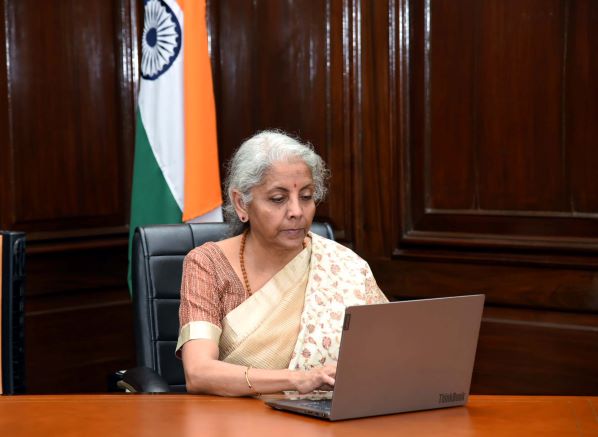
R Krishna Das
For Union Finance Minister Nirmala Sitharaman, this year’s budget is going to be no easy task.
For, the national elections await in a climate of economic slowdown, tightening monetary conditions, global inflation, and muted demand amongst the lower-income groups. While India remains a bright spot in the otherwise gloomy global economic outlook, the responsibility lies on Sitharaman to balance populist measures with fiscal discipline.
The Narendra Modi government is set to come up with its annual budget, its last complete budget before the national elections of 2024, on Wednesday. Given the last three years’ budgets have been followed by economic calamities of unimaginable magnitude, beginning with COVID in 2020, the Delta wave in 2021, and the Russia-Ukraine war in 2022, Sitharaman can look for a good luck in 2023.
As per the tradition, the annual Economic Survey of 2023 was released a day ahead of the budget. The document served as an ideal briefing on the economy amidst a weak global outlook, and highlighted India’s recovery after almost three years of the pandemic.
Experts have lined up some imperatives for the budget of 2023-24. It includes fiscal deficit targeting in a more flexible manner, rationalising the capital gains taxation regime, incentivising the taxpayers, tax bracket indexation, and the privatisation.
Ahead of the elections, where could the focus of the Modi government be in the upcoming budget? Experts believe more infrastructure; ensuring the completion of as many projects before 2024 will be the focus of budget 2023-24. Besides, expansion of the Production Linked Incentive (PLI) Schemes to other sectors, more expenditure on healthcare, in both urban and rural India , changes in the personal tax regime to up the ante on demand and continued spending on rural welfare through housing, water, sanitation, and others.



